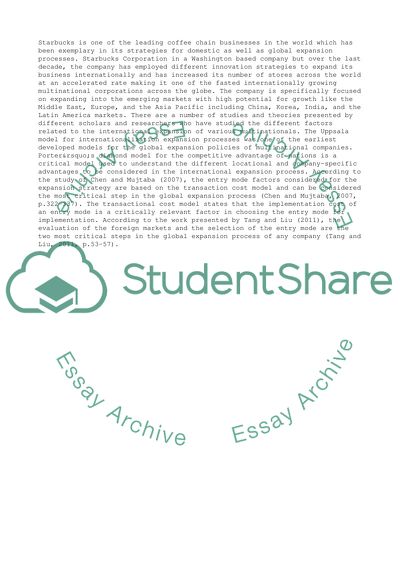Cite this document
(“International Business Theory and Practice Essay”, n.d.)
International Business Theory and Practice Essay. Retrieved from https://studentshare.org/business/1625573-international-business-theory-and-practice
International Business Theory and Practice Essay. Retrieved from https://studentshare.org/business/1625573-international-business-theory-and-practice
(International Business Theory and Practice Essay)
International Business Theory and Practice Essay. https://studentshare.org/business/1625573-international-business-theory-and-practice.
International Business Theory and Practice Essay. https://studentshare.org/business/1625573-international-business-theory-and-practice.
“International Business Theory and Practice Essay”, n.d. https://studentshare.org/business/1625573-international-business-theory-and-practice.


